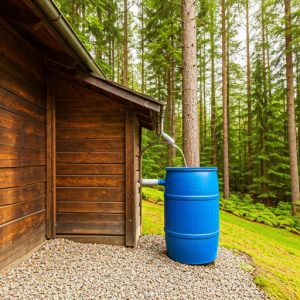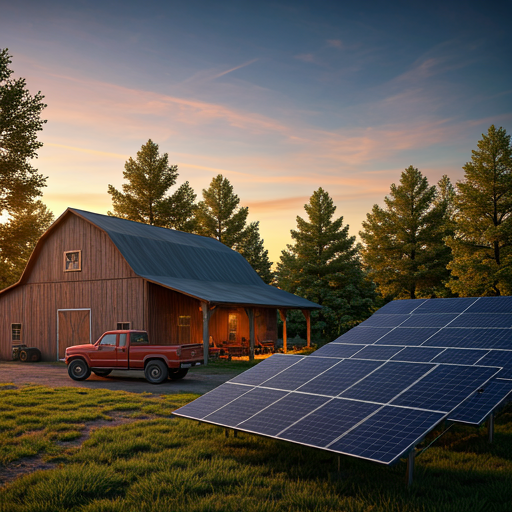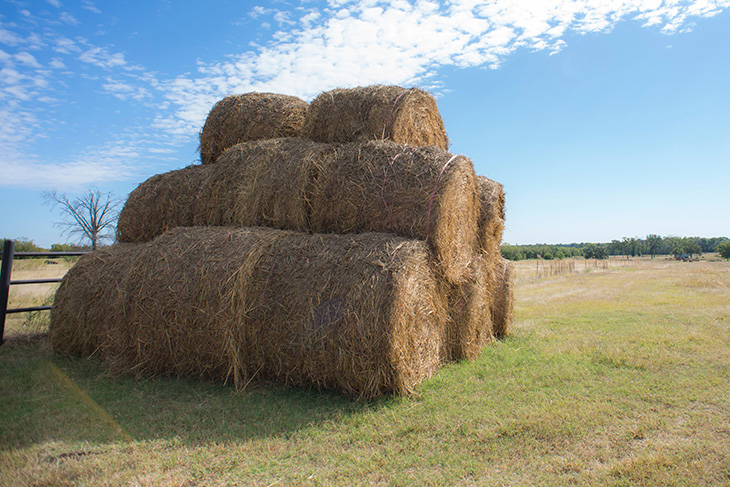Water Harvesting Systems for Off-Grid Living: A Homesteader’s Guide
Homesteader: My Water Harvesting Journey

For years, I lived the typical city life, taking water for granted. Then, I decided to ditch the concrete jungle and embrace a simpler life – a life on my own homestead. The dream of self-sufficiency was exhilarating, but it quickly hit me: where would my water come from? The nearest town was miles away, and relying on a well seemed risky, especially in the face of unpredictable weather. That’s when I discovered the magic of water harvesting.
Water harvesting is the art of capturing and storing rainwater for later use. It’s a fantastic way to create a sustainable water supply, especially for those living off-grid. My journey into water harvesting has been a learning curve, but it’s also been incredibly rewarding. I’ve learned how to conserve water, reduce my dependence on external sources, and feel more connected to the natural world.
Understanding the Fundamentals of Water Harvesting
The beauty of water harvesting lies in its simplicity. It’s all about capturing rainwater from your roof and directing it to a storage tank. You can then use this water for various purposes, like watering your garden, filling your toilet, or even taking a shower.
The key components of a typical water harvesting system include:
- Catchment Area: This is the roof or other surface where rainwater is collected. A larger catchment area means more water collected.
- Gutter System: Directs rainwater from the catchment area into the storage tank.
- Downpipes: Carry water from the gutters to the storage tank.
- First Flush Diverter: Prevents the first flush of water (which may be contaminated) from entering the storage tank.
- Filter: Removes debris and sediments from the water.
- Storage Tank: The container that holds the harvested water.
Different Water Harvesting Systems for Off-Grid Living
The perfect water harvesting system depends on your needs and resources. Here’s a closer look at some popular options:
1. Rainwater Collection
Rainwater collection is the most common water harvesting technique. It involves collecting rainwater from your roof and storing it in a tank.
Types of Rainwater Collection Systems:
- Basic System: A simple system using a roof, gutters, downpipes, and a storage tank. This is ideal for beginners or smaller homes.
- Advanced System: Incorporates features like a first flush diverter, filter, and pump to provide cleaner and more reliable water supply.
2. Greywater Systems
Greywater is wastewater from sources like sinks, showers, and washing machines. It’s not potable water, but it can be safely reused for non-potable purposes like watering your garden.
Types of Greywater Systems:
- Simple Greywater System: Directs greywater from a sink or shower directly to your garden. This is a good option for small gardens.
- Advanced Greywater System: Uses a filtration and distribution system to deliver greywater to specific areas of your garden. This offers more control over water use.
3. Surface Water Harvesting
Surface water harvesting involves collecting water from runoff from slopes, roads, and other impervious surfaces. This technique is particularly useful in areas with heavy rainfall and limited roof space.
Types of Surface Water Harvesting Systems:
- Swales: Depressions in the landscape that collect and filter runoff water.
- Check Dams: Small barriers built across streams or gullies to slow down water flow and allow it to infiltrate the ground.
Tips for Choosing the Right Water Harvesting System
Choosing the right water harvesting system for your homestead is crucial. Consider these factors:
- Rainfall: The amount and frequency of rainfall in your area will determine how much water you can collect.
- Catchment Area: The size and type of your roof or other catchment area will affect the amount of water you can collect.
- Water Needs: Assess your water usage for various purposes like gardening, drinking, and household chores.
- Budget: Water harvesting systems can range from simple and inexpensive to more complex and costly.
- Space: Consider the available space for your storage tank and any other components of the system.
- Skills and Resources: Evaluate your DIY skills and the resources you have available for installation.
DIY Water Harvesting: Building Your Own System
For the adventurous homesteader, building your own water harvesting system is an achievable project. Here’s a step-by-step guide:
1. Planning and Design
- Assess Rainfall: Research historical rainfall data for your area.
- Calculate Catchment Area: Measure the area of your roof or other catchment surface.
- Determine Storage Needs: Estimate your water usage and select a storage tank size accordingly.
- Draw a System Diagram: Sketch out the layout of your water harvesting system, including all components.
2. Gathering Materials
- Gutters and Downpipes: Choose materials that are durable and resistant to corrosion.
- First Flush Diverter: Essential for preventing contaminated water from entering the storage tank.
- Filter: Select a filter that will remove debris and sediments effectively.
- Storage Tank: Choose a tank made from a material that is suitable for storing water. Consider options like plastic, metal, or concrete.
- Pump and Control System: If needed, select a pump and control system to distribute water to different areas.
3. Installation
- Install Gutters and Downpipes: Ensure they are properly pitched and sealed to prevent leaks.
- Install the First Flush Diverter: Connect it to the downpipe leading to the storage tank.
- Install the Filter: Place it between the downpipe and the storage tank.
- Install the Storage Tank: Ensure it is positioned securely and at a suitable elevation.
- Connect Components: Connect all components of the system using appropriate fittings and pipes.
- Test the System: Run a test to ensure all components are working properly.
Maintaining Your Water Harvesting System
A little maintenance goes a long way in keeping your water harvesting system running smoothly. Follow these tips:
- Clean Gutters Regularly: Remove debris and leaves to prevent blockages.
- Inspect Filters and Diverters: Clean or replace filters and diverters as needed.
- Monitor Water Quality: Test the water quality regularly to ensure it is safe for your intended uses.
- Inspect for Leaks: Check for leaks in the pipes and fittings to prevent water loss.
- Winterize the System: In colder climates, take steps to prevent the water in your storage tank from freezing.
Benefits of Water Harvesting for Off-Grid Living
Investing in a water harvesting system is an investment in your homestead’s future. Here are some of the key benefits:
- Sustainability: Reduces reliance on external water sources, promoting self-sufficiency and environmental conservation.
- Water Security: Provides a reliable water supply, even during droughts or periods of water scarcity.
- Cost Savings: Reduces water bills and reliance on expensive water delivery services.
- Water Conservation: Encourages mindful water use and reduces waste.
- Increased Food Security: Provides ample water for gardening and growing your own food.
- Reduced Environmental Impact: Reduces the strain on municipal water supplies and groundwater resources.
Conclusion: Embracing the Power of Water Harvesting
My journey into water harvesting has shown me that living off-grid doesn’t have to mean sacrificing essential resources. Water harvesting empowers us to connect with the natural world, become more self-sufficient, and contribute to a more sustainable way of life. Whether you’re a seasoned homesteader or just starting out, I encourage you to explore the possibilities of water harvesting. It’s a rewarding journey that can provide countless benefits for your homestead and the environment.






